NASA says Asteroid 2023 XB12 will pass Earth for the first time ever; Know details of this close encounter
An Apollo group asteroid designated as Asteroid 2023 XB12 is expected to pass Earth today, December 14, NASA has revealed. Know its speed, size, distance of approach, and other details.

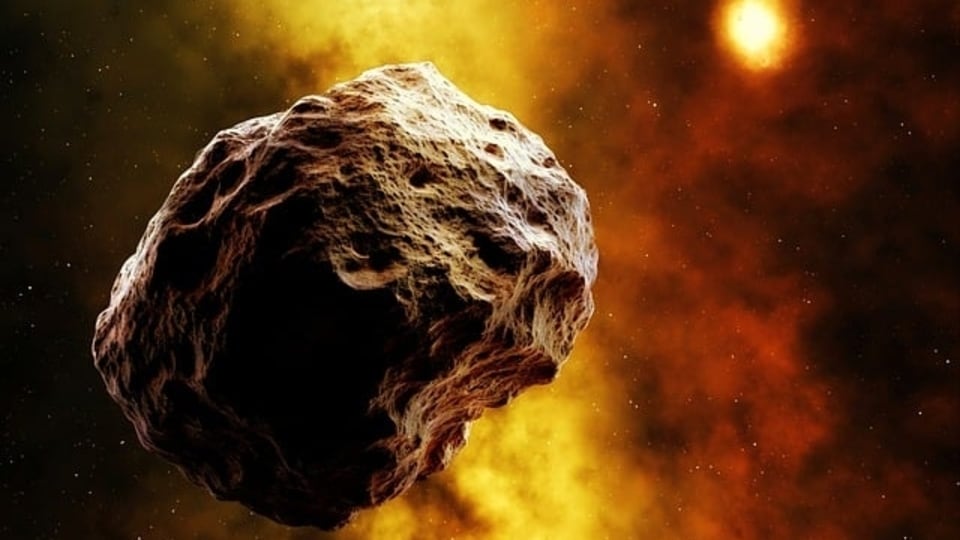
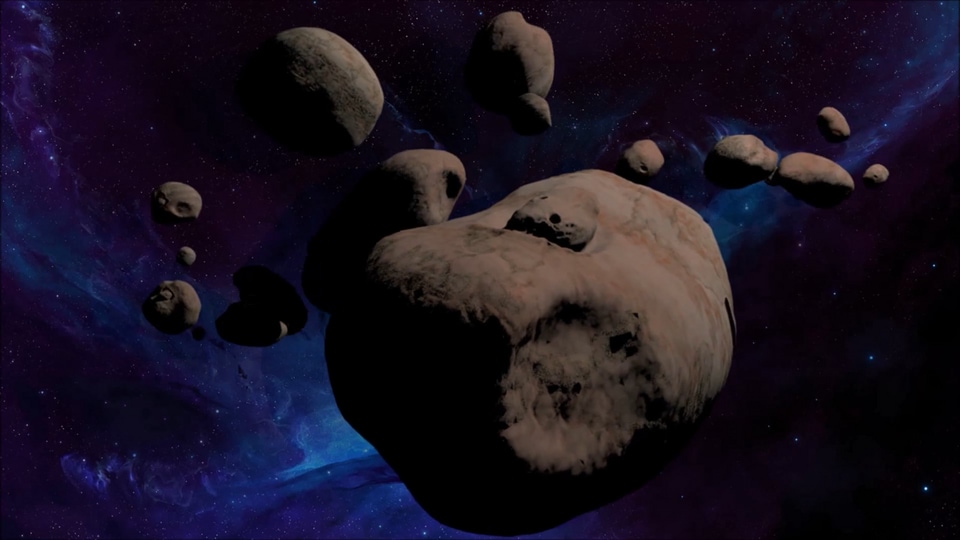
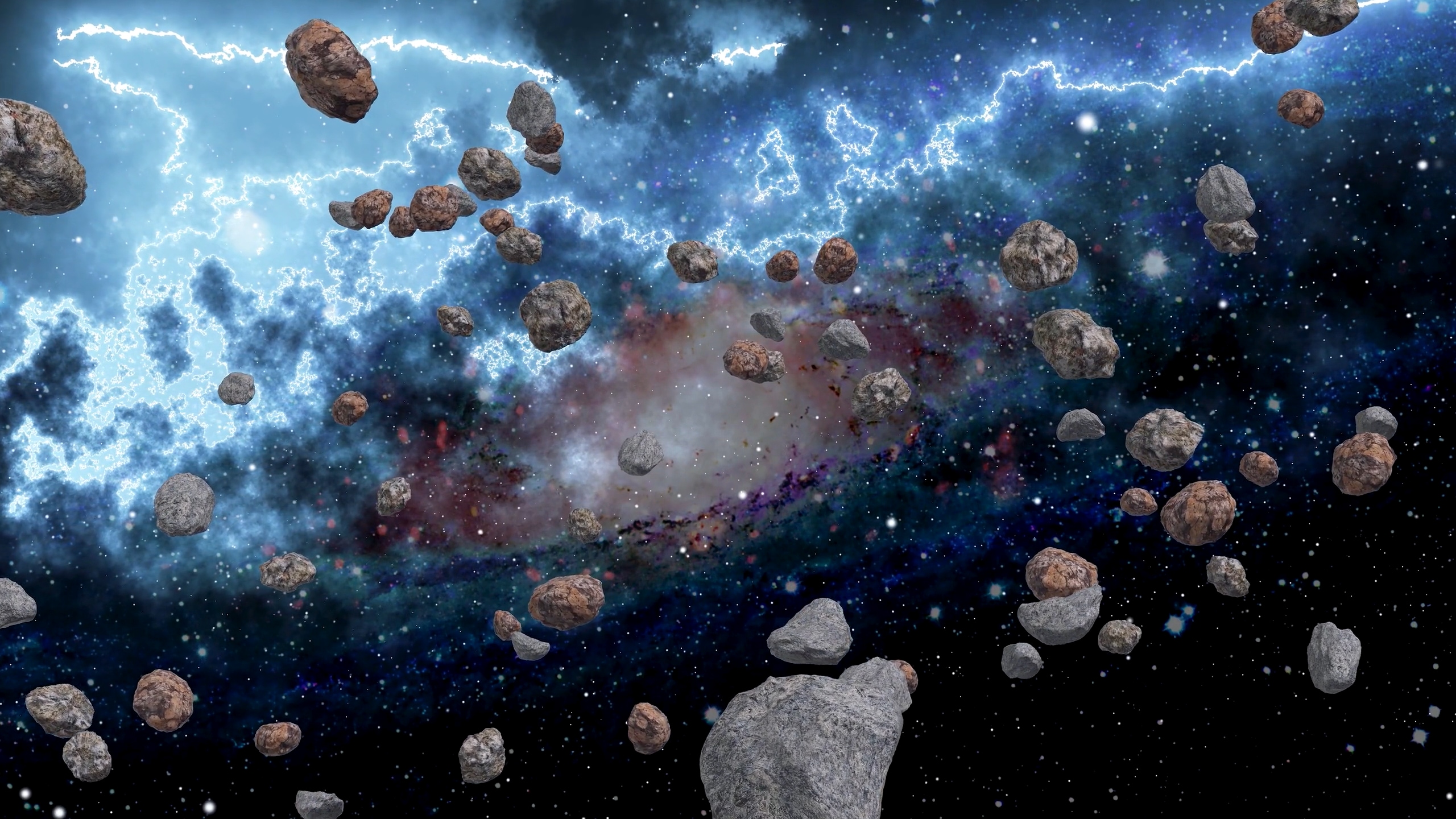
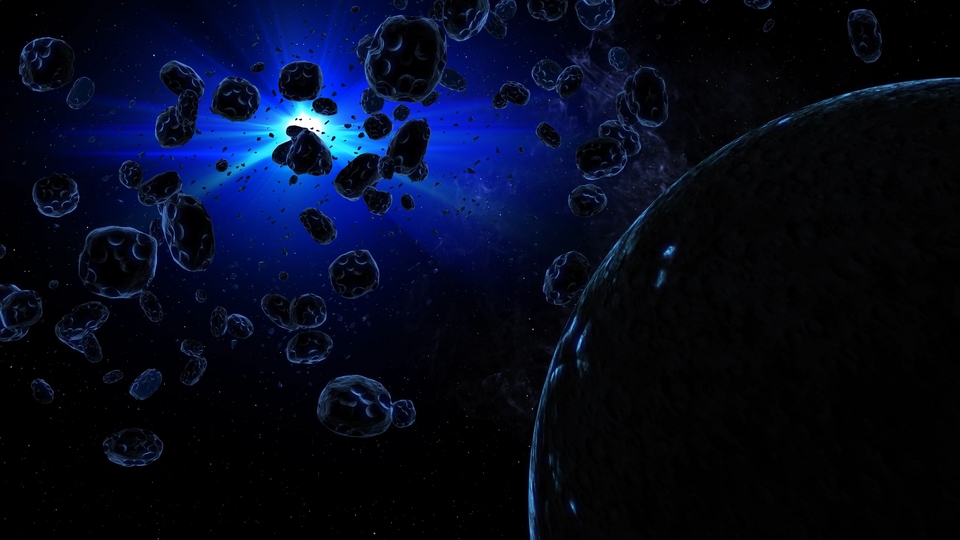
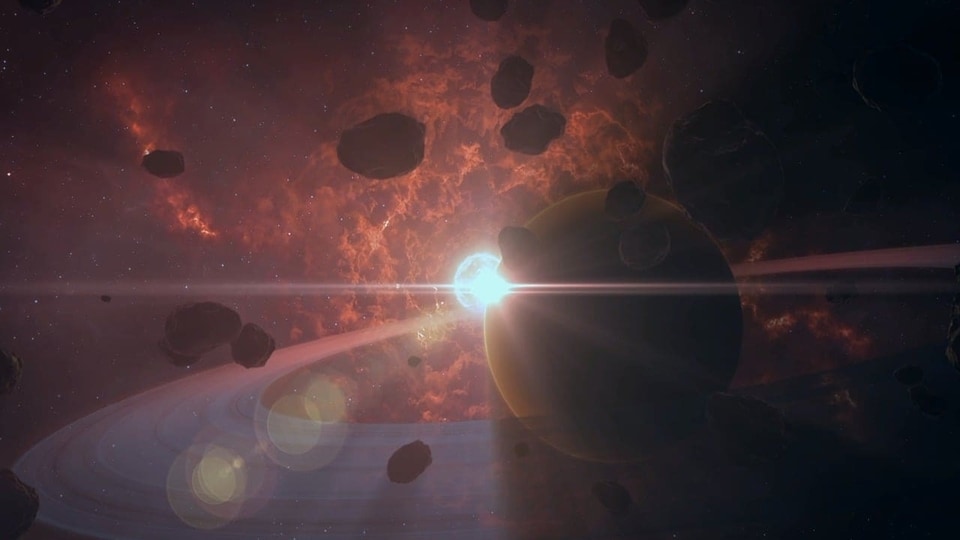
 View all Images
View all ImagesTo discover, monitor and study asteroids in space, NASA has several space telescopes and ground-based observatories in place such as the NEOWISE telescope, Atacama Large Millimeter/submillimeter Array (ALMA), Pans-STARRS1, Catalina Sky Survey, the Hubble Space Telescope and the new $1 billion James Webb Space Telescope. Moreover, spacecraft such as Dawn, OSIRIS-REx, and Hayabusa2 have also helped in discovering and studying these ancient space rocks, unlocking their secrets. While these space rocks are millions or even billions of kilometers away from Earth, located in the main asteroid belt between the orbits of Mars and Jupiter, their orbits bring them close to Earth on some occasions. NASA has revealed that this is the case today as an asteroid is expected to pass Earth by a close margin today, December 14. Know all about this close encounter.
Asteroid 2023 XB12: Speed, size, and more
The asteroid has been designated as Asteroid 2023 XB12 by NASA's Center for Near-Earth Object Studies (CNEOS). This Near-Earth Asteroid (NEA) is expected to make its closest approach to the planet at a speed of about 17539 kilometers per hour. During its closest approach, it will pass by the planet at a distance of approximately 5 million kilometers. It is important to note that while it has been termed as a Near-Earth Asteroid due to its close distance of passing, it is not expected to actually impact the planet.
It belongs to the Apollo group of Near-Earth Asteroids, which are Earth-crossing space rocks with semi-major axes larger than Earth's. These asteroids are named after the humongous 1862 Apollo asteroid, discovered by German astronomer Karl Reinmuth in the 1930s.
How big is the asteroid?
According to NASA, Asteroid 2023 XB12 is approximately 85 feet wide, making it almost as big as an aircraft! It is larger than the Chelyabinsk asteroid which caused destruction in 2013, damaging over 7000 buildings and leaving nearly 1000 people injured. Despite its size, the asteroid has not been termed as a Potentially Hazardous Asteroid. Only celestial objects larger than 492 feet that pass Earth at a distance closer than 7.5 million kilometers are designated so.
According to NASA, Asteroid 2023 XB12 has not passed Earth before and this will be its first-ever close approach. After today, this Apollo group asteroid is not expected to pass by the planet anytime in the near future.
Catch all the Latest Tech News, Mobile News, Laptop News, Gaming news, Wearables News , How To News, also keep up with us on Whatsapp channel,Twitter, Facebook, Google News, and Instagram. For our latest videos, subscribe to our YouTube channel.































